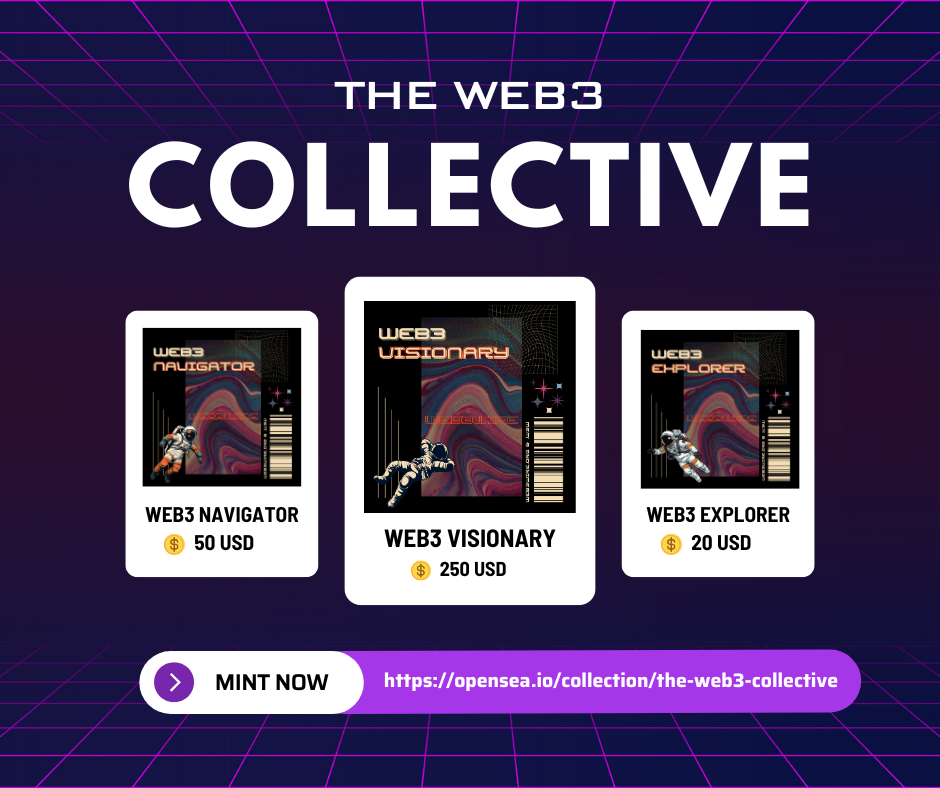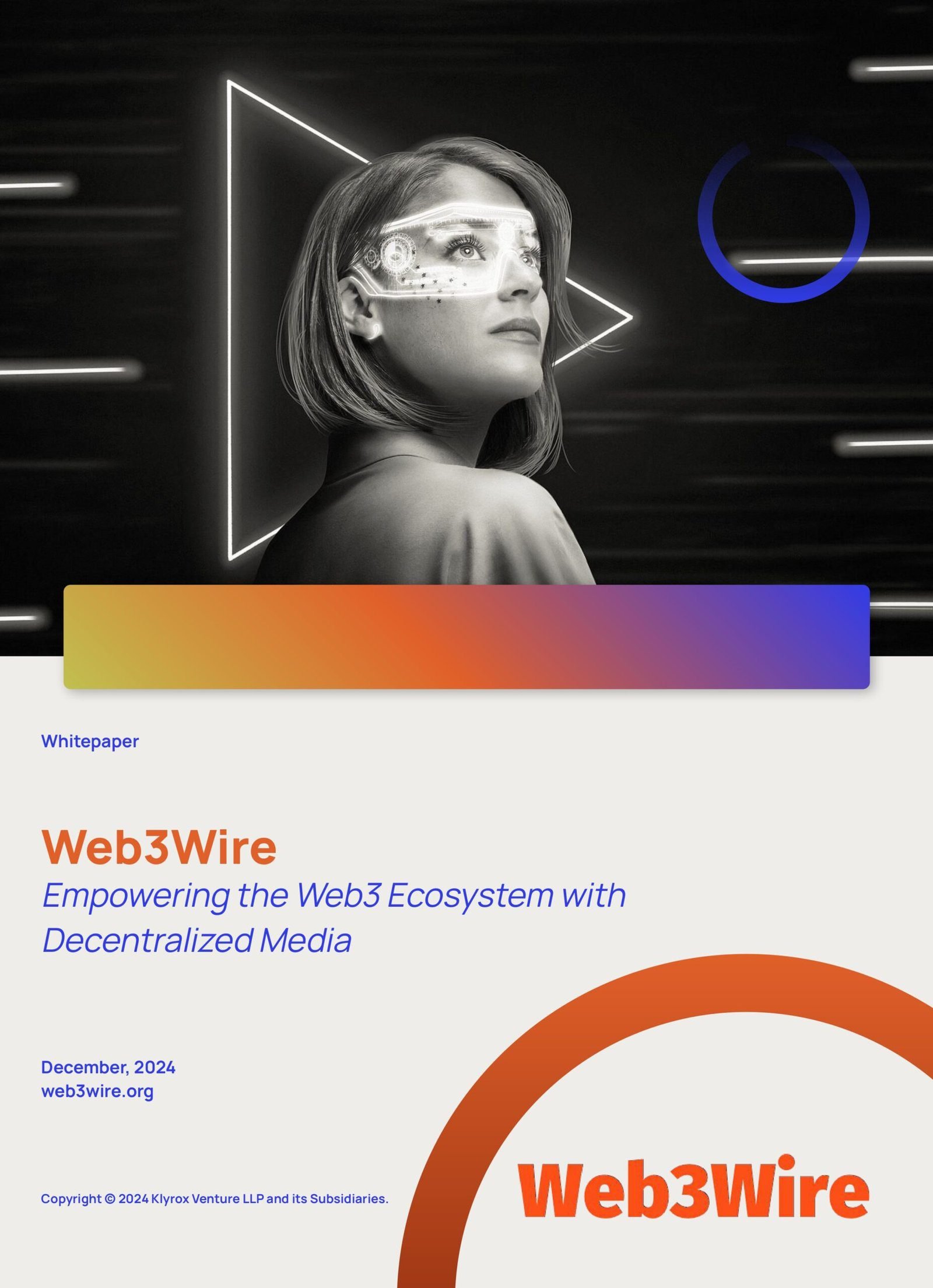As artificial intelligence becomes central to global technological infrastructure, Strategy A Crust (SAC) has emerged with a bold vision: to decentralize AI and redefine how trust is built in intelligent systems. SAC’s modular, blockchain-powered architecture is being hailed as a game-changer — a foundational leap toward transparent, verifiable, and community-governed AI.

In a world where AI is increasingly run in opaque black boxes controlled by a handful of tech giants, SAC introduces a radically different paradigm. By integrating decentralized storage, computation, and inference, the platform enables AI to operate across a distributed network — removing the reliance on centralized infrastructure and enabling open verification of results.
“The credibility of AI should be defined by network consensus, not by any single company,” the SAC team stated, capturing the core of their design philosophy.

Addressing the AI Trust Crisis
As AI systems become more powerful, so do concerns about their trustworthiness. With issues ranging from algorithmic bias and model opacity to data ownership and governance, experts argue that the current centralized AI model is unsustainable. SAC addresses this growing “trust gap” by introducing a framework where every computation is verifiable, every data point traceable, and every participating node empowered in governance.
Industry analysts suggest that this could reshape the foundations of AI itself. If successful, SAC’s approach would represent the first large-scale implementation of “computable trust” — where intelligent decisions can be audited and validated transparently.
Globally, the convergence of AI and blockchain has become the next stage of the technological narrative.
AI gives machines the ability to think, while blockchain gives systems the logic of trust. Their combination is seen as the key to driving the digital society from the “Information Age” into the “Age of Intelligent Autonomy.”
SAC’s concept is also viewed as a prototype of the “Trust Layer for AI” — a way for AI to operate on-chain and self-verify through consensus.
Across social platforms, many thought leaders in Web3 and AI have begun discussing:
Can AI achieve autonomy within a decentralized framework?
Will computing power be tokenized and circulate like crypto assets?
Once intelligence becomes verifiable, will humanity witness the dawn of a truly auditable AI?
Although SAC’s team has not disclosed extensive technical details, its concept of a “distributed intelligent network” has already sparked widespread speculation.
Some observers believe this is not merely a debate about AI technology but a redefinition of trust mechanisms. Between centralized giants and open-source communities, decentralized AI may become the new “middle ground” — combining efficiency with transparency.

A Timely Shift in the AI Narrative
“We don’t just want AI to be smarter — we want it to be more trustworthy,” said a representative from SAC. This statement echoes a broader sentiment among technologists, ethicists, and decentralization advocates: that intelligence without transparency is a liability, not a strength.
As Web3 redefined the trust model for digital value, SAC aims to do the same for digital intelligence. In a landscape dominated by centralized AI giants, SAC offers a compelling alternative — a decentralized middle ground that promises both efficiency and openness.
About Strategy A Crust (SAC)
Strategy A Crust (SAC) is a decentralized AI platform that leverages blockchain consensus, distributed computing, and modular architecture to create verifiable and trustworthy AI systems. SAC is building a future where artificial intelligence is governed by open networks and defined by transparency — not by any single entity.
Disclaimer: The information provided in this press release is not a solicitation for investment, nor is it intended as investment advice, financial advice, or trading advice. Investing involves risk, including the potential loss of capital. It is strongly recommended you practice due diligence, including consultation with a professional financial advisor, before making an investment decision. Neither the media platform nor the publisher shall be held responsible for any fraudulent activities, misrepresentations, or financial losses arising from the content of this press release.















